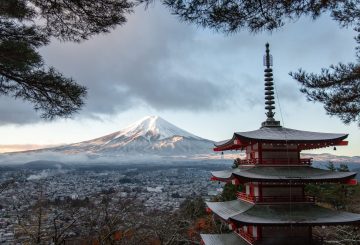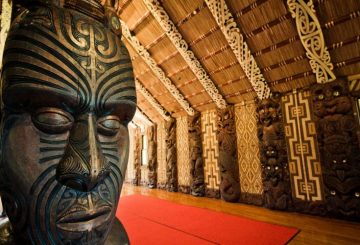汉密尔顿市议会已表示其富有远见的项目 “河上的维多利亚” 将成为城市未来的主要发展。
理事会正在寻求开发商的正式兴趣表达意向,他们将合作改造位于维多利亚街 242-266 平方米的 2017 平方米场地。
目前有两座现有的建筑物被列入遗产名录,但是只需要保留外墙,就可以在它们后面建造现代建筑物。
汉密尔顿市市长宝拉·索斯盖特(Paula Southgate)认为,拟议的开发项目将增加中央商务区的复兴。
索斯盖特说:“我们继承了一些形状不佳的漂亮老建筑,在当前中央商务区更新的气候下,让它们处于糟糕的状态是没有意义的。”“跳上每个人对中央商务区的热情并受到打击是有道理的。”
索斯盖特认为,随着包括怀卡托地区剧院在内的当前工作已经进行,新的开发项目将补充其他开发项目。
“试想一下,整个地带上到处都是优质的餐厅,商业活动,高品质的公寓。就像我们的中央商务区时代的到来一样。”
市长表示,随着议会资金的投入,至关重要的是,这一过程必须透明并且能够经受严格的审查。她已经向理事会工作人员非常清楚地表明,开发项目是用公共资金在公共财产上进行的。
她说:“必须完全透明地完成这项工作,这就是我向议会工作人员传达的信息。”“这是我们代表纳税人开发的公共财产,因此必须随时向他们通报情况。”
爱德华兹·怀特建筑师事务所已经对未来的发展情况产生了印象和概念图,但是索斯盖特乐于看到其他想法被考虑。
“最终的详细设计可能看起来与那些图纸略有不同。开放式流程令人兴奋的部分是,你不知道哪些好主意会通过大门激发人们的灵感,” 索斯盖特说。
拟议的多层开发项目的想法始于理事会的最后一个任期,当时该物业于 2018 年 8 月以 649 万美元的价格购买。
由副市长杰夫·泰勒担任主席的理事会 CBD 和河流计划咨询小组表示,该开发项目已经引起了多家开发商的兴趣。
泰勒承认,当时的购买是有争议的,涉及的人并不受欢迎,但市政局对这些房地产的可能性有了远见。
泰勒热情地说:“汉密尔顿中心城市的未来取决于该地区以及我们如何向河流开放。”“对我来说,这是 VOTR 的延伸[Victoria on the River],让我们看到了中心城市观景轴方面的惊人机会。”
“这一切都与我们正在尝试创造的河流区域的惊人流动有关,从 VOTR 南到[Waikato Regional]剧院、码头、重塑的博物馆前面、人行天桥和 Aanui 体育中心。”





























































